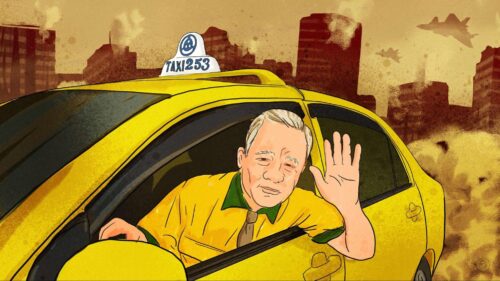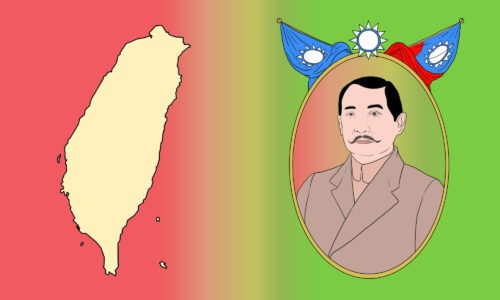This article was originally published on Neocha and is republished with permission.
When music went digital and shed most of its physical limitations, a lot of visual culture was lost with it. But the need to break through the noise on social media now pushes musicians to cultivate a visual presence. Taiwanese artist EG Huang’s work is native to this new ephemeral world. His graphic design, typography, and 3D art is mainly created for musicians, and his early interest in digital art was directly inspired by the growth of social media. The result of this influence is a style brimming with chaotic energy, a visual overload with a metallic sheen and neon colors, all bathed in jagged textures and unusual type design.


During high school, Huang created zines populated by his own illustrations related to skateboarding, movies, and music. “It was like a diary for my life,” he says. To improve his zines, he began experimenting with font design and typography, a trajectory that eventually led him to study graphic design at university. With the rise of social media in the past decade, he found a deluge of visual material to draw inspiration from. Suddenly the whole world was visible and he saw the digital ether as a space to collect the things that he loved, reinterpreting them through his own style. It was like a new version of the zine to him, only now it was available instantly worldwide.


But of course, for all the possibilities created by social media, the challenges are undeniable. “It can definitely affect your mental health and it’s changed me personally, so I try to include this in my work,” Huang says. “It’s like a feedback loop, creating art for and about the internet.” This paradox and sense of agitation is often visualized in his work, resulting in an aesthetic that feels jagged and cluttered, with images often unclear and difficult to discern. There’s an undeniable angst too, visualized through scrapes and scratches, the serrated edges covered in splashes of ink.
China news, weekly.
Sign up for The China Project’s weekly newsletter, our free roundup of the most important China stories.



Like the zines of his youth, Huang’s designs still have a collage feel, with images stripped from one context and layered over another. “I love mixing things with no connection to create something new,” he explains. They’re often literal collages that he scans into his pieces but sometimes the collage effect is created in Photoshop.


While flyers and album art are meant to advertise the music, Huang’s typography is often less about legibility than aesthetic effect. It’s partially influenced by death metal logo design and chromatic textures that are in vogue at the moment, but Huang also utilizes East Asian calligraphy and other less easily recognizable forms. Take for example, a flyer for Taipei nightclub Final, a vicious, deconstructed face of the alien warrior from Predator is surrounded by blood red cursive script Chinese calligraphy.


As a digital artist inspired by the internet and electronic music, Huang’s work is unsurprisingly futuristic. The glint of metallic material, the holographic and ultraviolet colors, distant nebula clouds, and infinite tangles of computer wiring are everywhere. His designs are a window into a new dimension, a liminal space neither here nor there, with no tangible form but undeniably real.
Like this story? Follow neocha on Facebook and Instagram.
Instagram: @eg____ge
Contributor: Mike Steyels
Chinese Translation: Olivia Li







